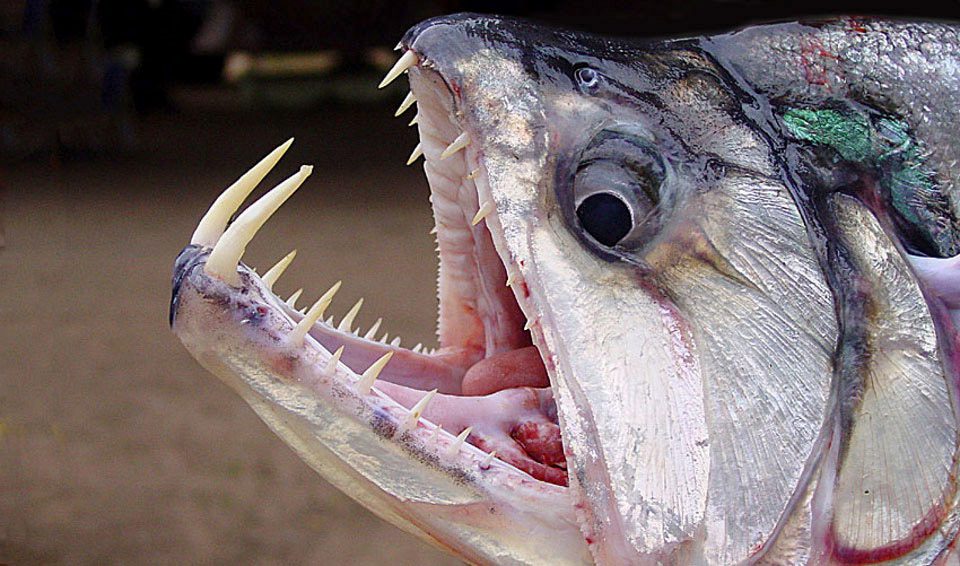The vampire squid is a small ( 12-inch-long ) cephalopod found in deep temperate and tropical seas. Originally thought to be an octopus because it lacks the two long tentacles that usually extend past a squid’s eight arms, the vampire squid possesses characteristics of both squid and octopi, and occupies its own order in taxonomy (scientific classification).
Its huge, bright blue eyes — proportionally the largest in the animal kingdom — dark color, and the velvety, cloak-like webbing that connects its arms give the vampire squid its common name. Its scientific name, Vampyroteuthis infernalis, literally means “vampire squid of Hell”! While it does not suck blood like its mythical namesake, the vampire squid is a “living relic” that evolved from an ancestor of the octopus, and its lineage goes back 165 million years in the fossil record.
The vampire squid is an extremophile, inhabiting the dark ocean depths from 2,000-3,000 feet . If threatened, this defensive deep-sea Dracula does not eject ink, as do most of its cephalopod cousins. Nor can it change color to confuse intruders the way its shallow-water cousins can; living as it does in the deep ocean, where little light penetrates, color-changing is a pointless strategy. Instead, the vampire squid squirts a copious cloud of sticky, bioluminescent mucus toward would-be predators (and the occasional research ROV). Ewww!

On the freshwater side, the vampire fish is a nickname for the payara, an abundant gamefish found in the Amazon Basin. While this large, 1.5-to-3 foot fish does not suck the blood of its prey, its six-inch-long fangs, which protrude from an undershot jaw, result in a face only a (payara) mother could love.
In recent years, the payara has gained popularity as an occupant in large, “aggressive” freshwater aquariums. Live goldfish are among this fangy predator’s favorite prey. Consequently, aquarists are advised to select tankmates too big to fit inside this vampire’s saber-toothed maw!